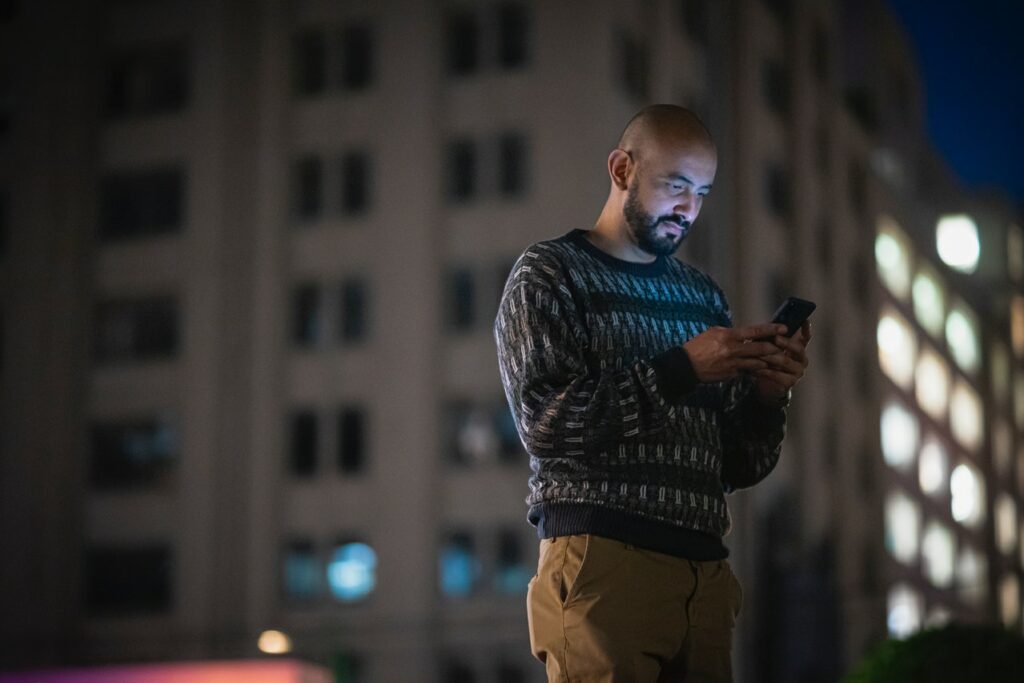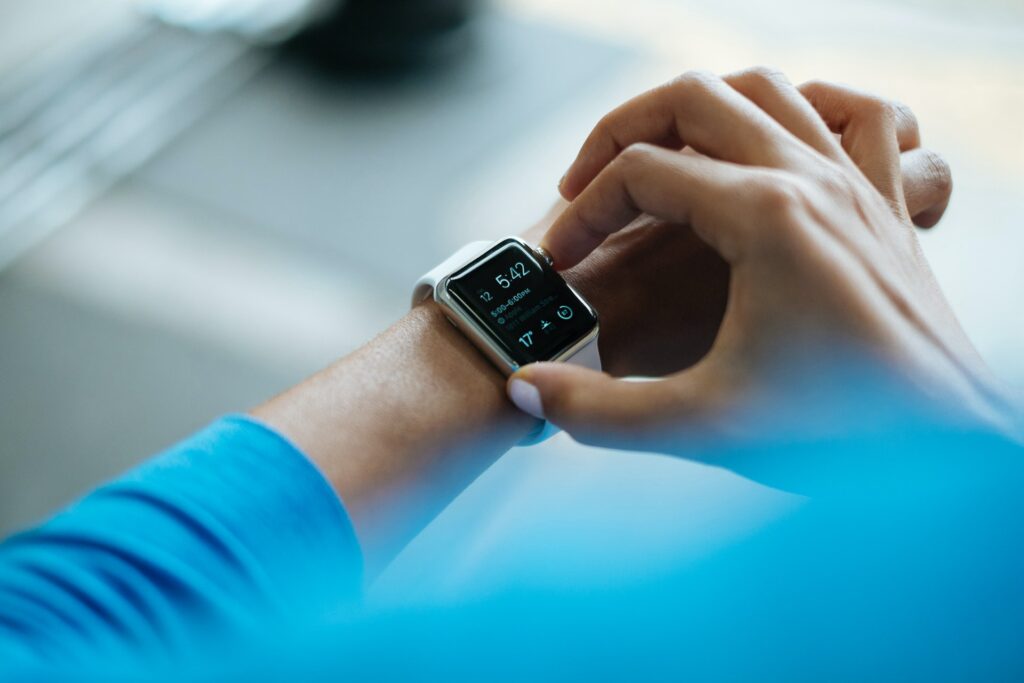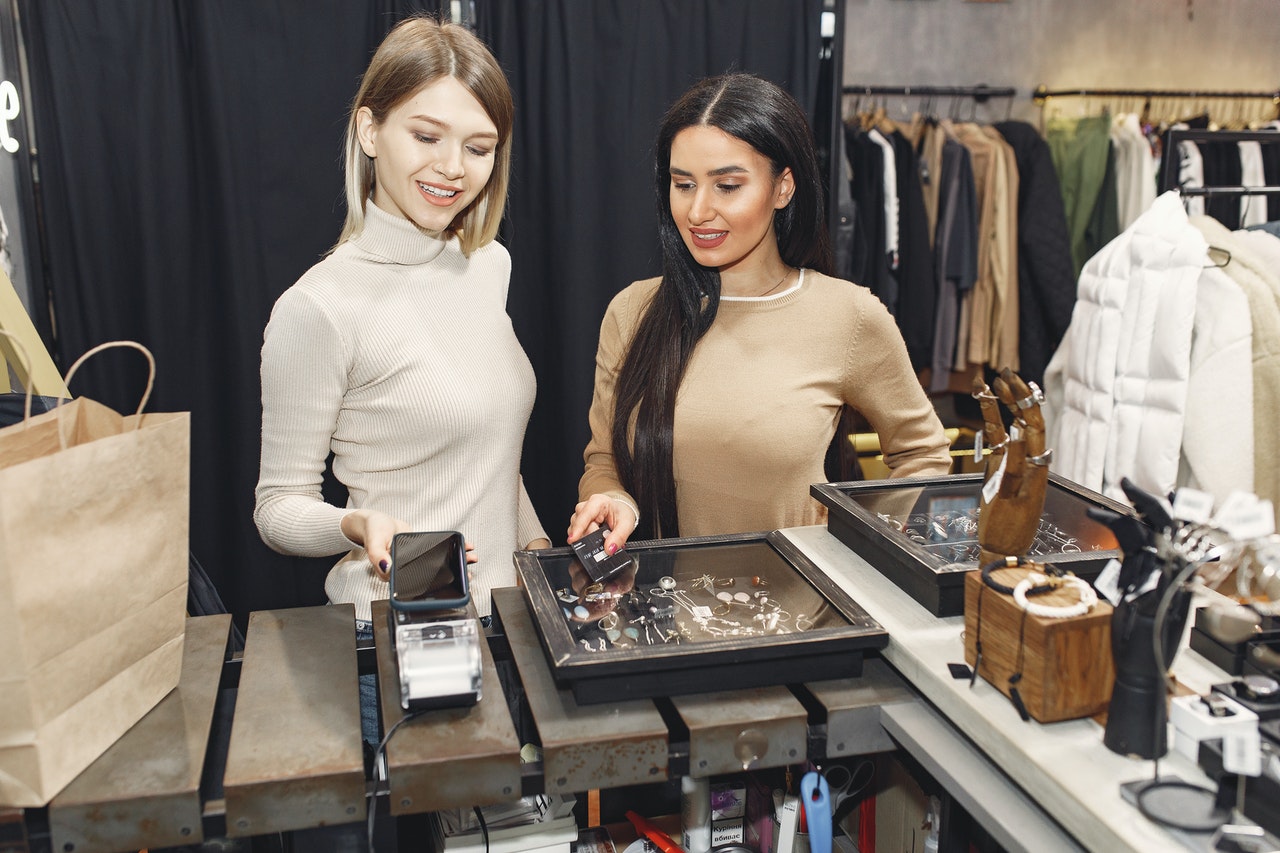The pandemic has changed how people pay, shifting towards contactless payment methods. Aside from card payments, wholly new and different payment methods became popular, some of which may seem like they were taken out from a science-fiction novel.
Still, they are gaining more popularity, and nobody will question them in a couple of years. The critical question is whether it is a future for payments or just a trend and whether we will go back to paying in cash, card, or smartphone.
Such payments may seem convenient, but are they safe? After all, personal data protection concerns arise with every new payment method.
Either way, it is important that you know what such payment methods are about, and our article should help you with that. Here are a few innovative methods for contactless payments presented in more detail!
1. Fingerprint Recognition
Fingerprint recognition is based on the unique features of fingerprints and is one of the newest contactless payment methods out there.
Fingerprints are reliable and not easily forged, changed, or damaged. Because of that, fingerprint recognition is used as an identification method in law enforcement, business, and security.
Fingerprint recognition is also used in mobile payments, as it is highly convenient. If you decide to pay with a smartphone, all you need to do is to scan your finger and confirm the transaction by putting the finger on the screen or on the fingerprint scanner on the side of the phone.
It is only one way of making one’s life easier, and quite a few people opt for such a convenient option when paying for groceries or using Payment Savvy utility payment processing.
2. Facial Recognition
Facial recognition is a payment method that is based on artificial intelligence recognizing a person’s key facial features for identification and authentication purposes.

The system can identify people who are registered in the system. It can be used on smartphones, tablets, and even laptops.
The facial recognition system’s main characteristics are its ease of use and its increasing popularity. Therefore, it is no wonder that some payment providers already use the facial recognition system.
In general, such a system comes in two forms. The first form has the customer use their smartphone to pay and confirm the payment by looking at their phone.
The second form is when the customer is using a terminal equipped with camera facial recognition software. In that case, the customer just has to look at the camera to complete the transaction.
3. Iris Recognition
Iris recognition is another biometric method, after fingerprint and facial recognition. It is an automated method of verifying a person’s identity by comparing patterns in their irises against a database.
It was first developed in the early nineties and implemented on a wider scale in the last decade. It is most commonly used for border control, airport security, and the military.
The system includes a digital camera and a computer. The camera captures the iris, and the computer analyzes it to identify a person. The advantage of using iris recognition for payments is that it is more accurate than other biometric methods, such as fingerprint or facial recognition.
4. Palm Recognition
The technology is based on palm vein identification, an alternative to fingerprint recognition. It is an automated method of verifying a person’s identity by analyzing the shape and size of their palm that uses an optical scanner that scans the palm’s vein structure.
It is unique to each individual and is practically impossible to be forged. To use palm recognition to pay, the user needs to hold his hand under a special scanner.
It takes only a few seconds to analyze their palm’s structure, after which money is transferred from the customer’s account to the payment terminal.
5. Smartwatch
The first thing that comes to mind when discussing contactless payment is probably a smartphone. However, technology has a much wider range of tools that can be used to pay for various goods.

The wearables industry, in particular, is on the rise, and there are already many smartwatches on the market that can not only track your steps but also pay for your lunch or a taxi drive.
To pay with a smartwatch, the customer needs to link their bank account or credit card to the device. After that, they can confirm the payment by pressing a button on the watch.
In Conclusion
The future of payments is quite challenging to predict. Still, there are quite a few trends worth paying attention to. To begin with, it is safe to say that we should see an explosion of new payment methods in the near future, including biometric ones, such as fingerprint, facial, iris, or palm recognition.
Also, new types of cards will appear, and we will use them for payments and identification alike. In spite of that, the traditional ways of paying are not going to disappear completely and, instead, will slowly become less and less popular as time goes on.
Ella Marcotte
Latest posts by Ella Marcotte (see all)
- UA vs GA4: The 4 Big Differences You Need To Know - April 26, 2024
- Understanding The Role Of Control Valves In Industrial Automation - April 8, 2024
- How Automation Can Boost Your Business Outcomes - April 4, 2024




